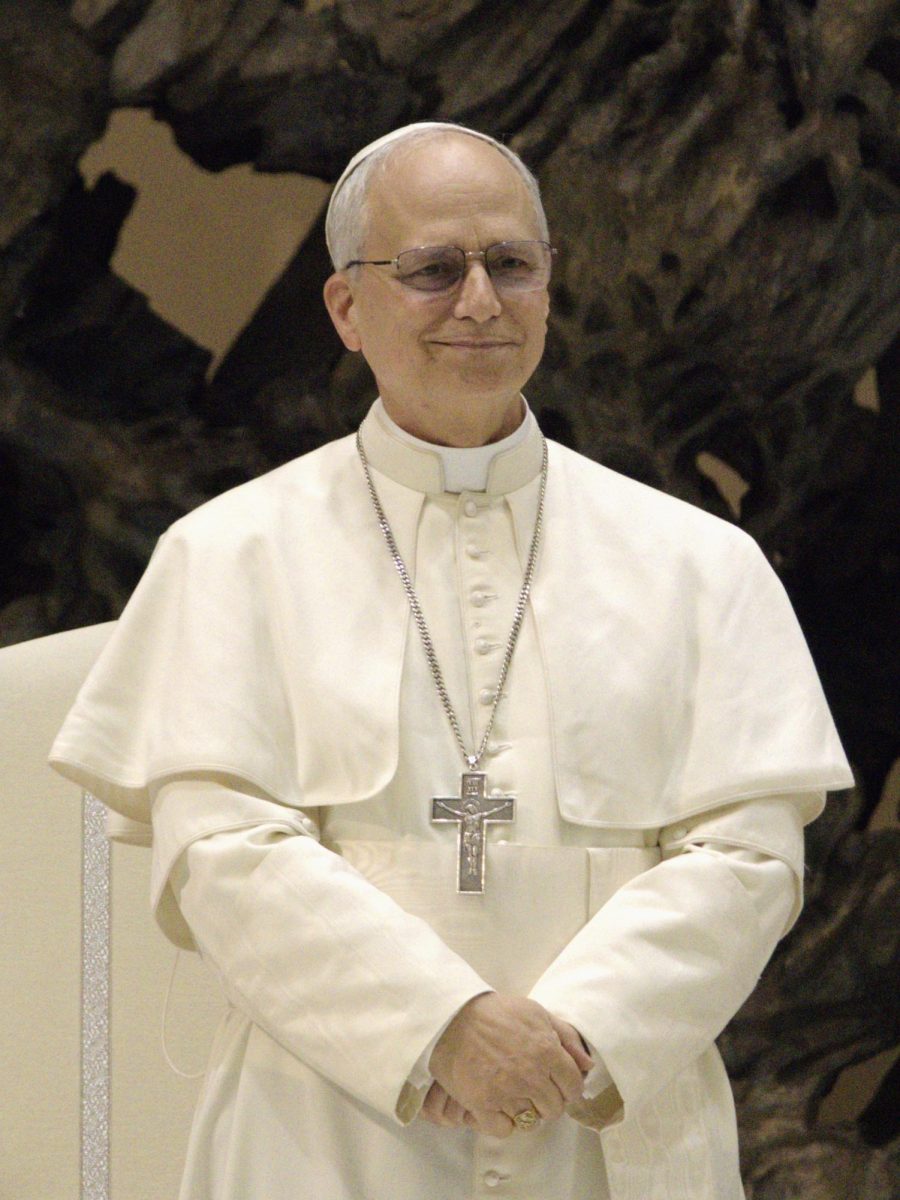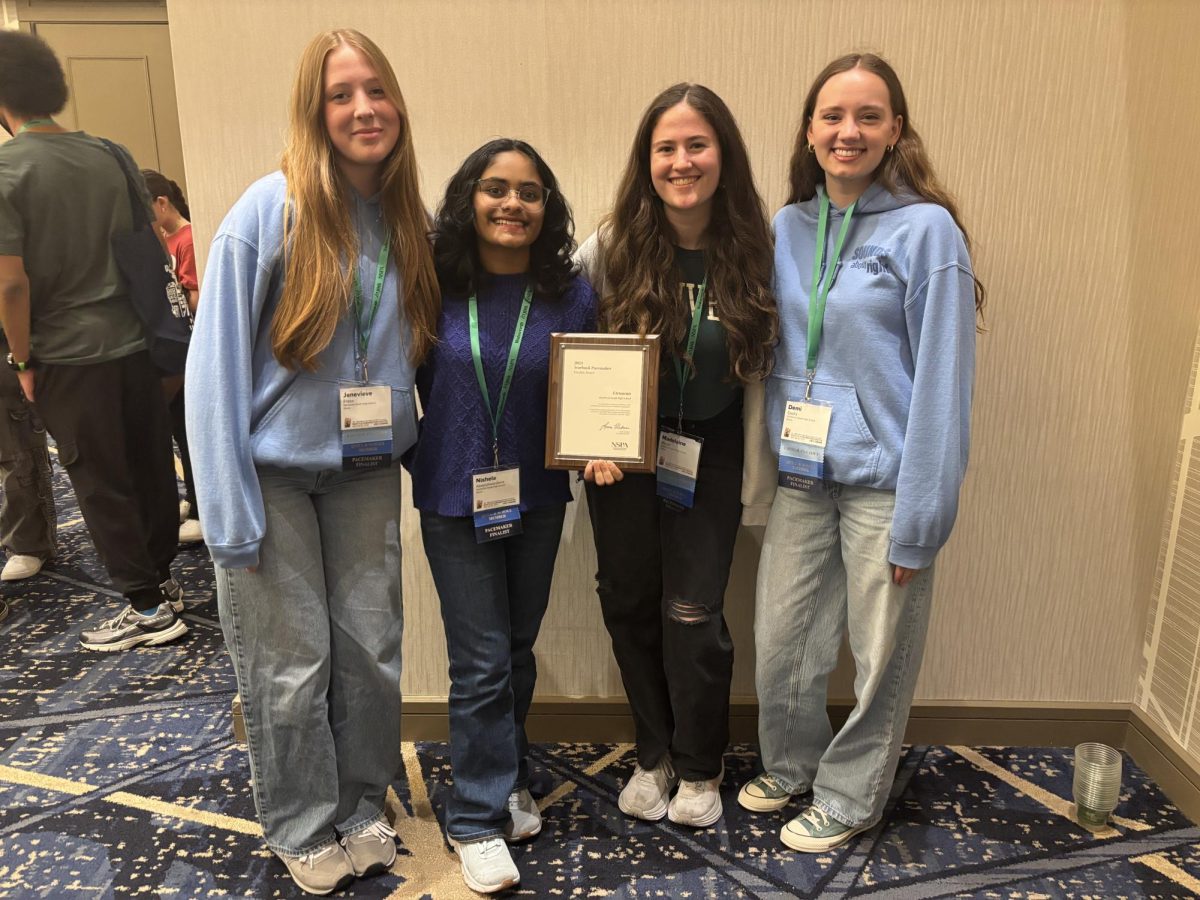The old pit got a hint of Latino culture as muralist Hector Duarte temporarily donated five of his murals to be put on display Dec. 7.
Terrence Jozwik, instructional supervisor of the Social Studies Department, decided to invite Duarte and his artwork to South after hearing how he wanted to share his creations.
“Mr. [Daniel] Zapler and Ms. [Emily] Ekstrand would go into his studio [in Pilsen] and they noticed he had a lot of canvases just thrown about, and they were beautiful,” Jozwik said. “[Duarte] said that he wished he had a place where he could temporarily display them.”
Duarte came to South Dec. 8 to talk about his murals to selected classes, including Psychology, Painting and World History.
Ekstrand, Latin American History teacher, believed students reacted very positively to Duarte’s presentation.
“[Duarte] does his work because he has a message he wants to communicate and he feels that deep inside of him that [message] needs to be expressed, so I think for him it was really cool to be able to come talk about his work to students,” Ekstrand said.
Sophomore Symeon Solecki also enjoyed Duarte’s presentation, which offered him new perspective.
“I thought that [Duarte’s presentation] was a really creative way of getting across his message,” Solecki said. “It made me really look at the issues he was trying to bring up in a completely different light.”
Born in Mexico in 1952, Duarte has painted more than 50 murals. Duarte said he uses many bright colors, which he can be linked back to his Latin American culture.
“There is a different energy to [the old pit] just because of the color and the brush strokes,” Ekstrand said.
The largest mural displayed in the center of the wall in the Old Pit wall is called “Immigrant Christ” which features an image of Jesus Christ.
According to Jozwik, this mural tells the story of an immigrant in the Rio Grande crossing the border into the United States, and the mural features Chicago in its background.
“The purpose of a mural is to tell a story,” Jozwik said. “There is a narrative in each mural. There is no intention to promote religion in the one that involves Jesus.”
According to junior Rachel Reid, she was confused as to why “Immigrant Christ” would be displayed in school, because of laws regarding separation of church and state.
“After talking to a lot of people, I don’t feel as strongly about [Immigrant Christ],” Reid said. “I see other peoples point of view […]”
Ekstrand found she was able to connect Immigrant Christ to the novel, Enrique’s Journey, which her class reads in Latin American History.
“I do love “Immigrant Christ” because I think it ties directly into the book we read […] where it talks about migrants coming to the United States, and it talks about [the immigrants] suffering,” Ekstrand said.
According to Ekstrand, two of the other murals on the old pit wall featured images of Carlos Cortez, an activist, and Lucio Cabañas, a Mexican teacher who became a revolutionary.
“I love the [mural] with the fingerprint that is also a heart,” Ekstrand said. “With my husband going through immigration proceedings right now, I know that to the United States government he is just a fingerprint, but his identity is so much more than that.”
Duarte’s murals will be displayed until Dec. 16.





